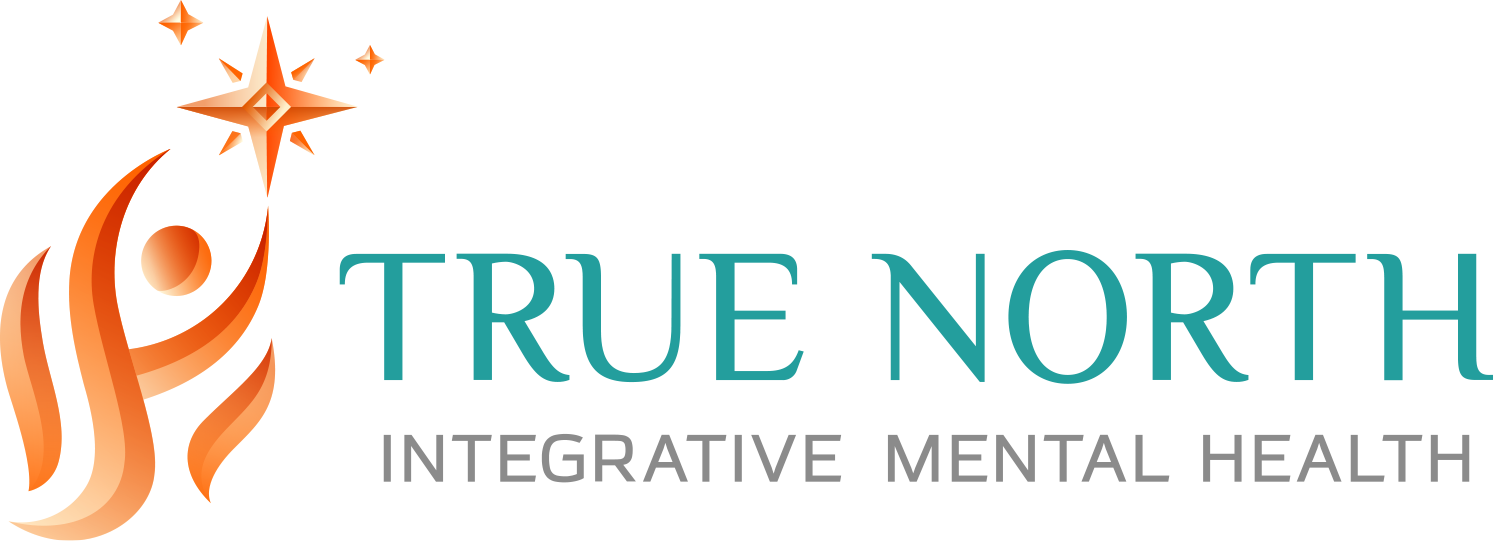Use of Transcranial Magnetic Stimulation for Depression
Dr. Jamie Rogers • February 19, 2024
Transcranial Magnetic Stimulation, or TMS, stands on the cutting edge of non-invasive therapies for depression. Characterized by the use of magnetic fields to stimulate nerve cells in the brain, TMS has shown promising results in alleviating the symptoms of depression and drawing the interest of both medical professionals and patients alike.
As we delve deeper into the complexities of the human mind, TMS represents a beacon of progress, marrying technology and neuroscience in the battle against one of the most pervasive mental health issues of our time.
Join us as we explore how TMS works, the science behind it, and the potential it holds for reshaping the treatment landscape for depression.
Understanding TMS
At its core, TMS involves the careful placement of a magnetic coil on the scalp, near the forehead. The coil then emits short magnetic pulses, similar to those used in MRIs, which pass through the skull and into the prefrontal cortex of the brain, an area often linked to mood regulation. Research, such as a pivotal study published by the National Institutes of Health, indicates these pulses can activate regions of the brain that show reduced activity in people suffering from depression.
One of the mechanisms by which TMS is believed to exert its effects is by improving communication between different parts of the brain. A comprehensive review available on PubMed outlines how the stimulation may increase brain plasticity, which could potentially lead to more robust and healthy neural connections.
For those looking to understand the technical details of TMS therapy further, reputable sources such as the Mayo Clinic provide in-depth descriptions of the procedure, including how it is performed, what patients can expect during treatment, and the typical duration of a treatment course. With ongoing research and clinical trials, TMS continues to be a subject of intensive scientific inquiry and debate, reflected in the growing repository of studies and papers within databases like ScienceDirect.
The Science of TMS Therapy
At its core, TMS therapy endeavors to modulate the neural activity of the brain in areas implicated in depression. Scientific exploration has identified the dorsolateral prefrontal cortex as a critical region for cognitive functioning and mood regulation. Extensive clinical trials and studies have demonstrated that TMS can normalize the activity levels in this region, which are often found to be reduced in depressed individuals.
Furthermore, TMS is based on the concept of neuroplasticity—the brain's ability to reorganize itself by forming new neural connections throughout life. By inducing targeted brain activity, TMS may reinforce certain pathways, potentially leading to more enduring alterations in brain function.
For those seeking a more thorough understanding, reputable sources such as the National Institute of Mental Health (NIMH) offer in-depth material on TMS.
How TMS Works in Treating Depression
In the treatment of depression using TMS, the process encompasses several key steps designed to maximize safety and efficacy:
- Initial Consultation: Patients undergo a thorough evaluation, including a psychiatric assessment to determine the suitability for TMS therapy.
- Treatment Planning: Based on individual factors, a personalized treatment plan is formulated, specifying session frequency and duration.
- Mapping: Prior to starting treatment, the precise area of the brain that will be targeted is identified and mapped using anatomical landmarks.
- Administration: During each session, patients sit in a comfortable chair while a technician positions the TMS coil on their head and administers magnetic pulses.
- Monitoring: A clinician monitors the patient's response to treatment, making adjustments as necessary to optimize outcomes.
- Assessment of Progress: Regular assessments are conducted to evaluate the patient's depressive symptoms and overall well-being.
- Post-Treatment: Following the course of treatment, patients may be scheduled for periodic follow-ups to assess long-term effects and the need for maintenance sessions.
Benefits of TMS for Depression
TMS has presented itself as a shining star for its effectiveness in symptom reduction. Unlike many antidepressant medications, TMS is non-systemic and non-pharmacological, meaning it affects the targeted brain area without circulating throughout the body.
- Minimal Side Effects: Most patients experience few side effects, which may include mild headaches or discomfort at the stimulation site, both of which generally diminish over time.
- No Sedation Required: TMS therapy does not require anesthesia or sedation, allowing patients to return to their daily activities immediately after each session.
- High Success Rate in Treatment-Resistant Cases: For individuals who have not benefitted from traditional treatments, TMS offers a viable alternative with a notable success rate in reducing depressive symptoms.
- Supports Long-term Remission: Studies indicate that the effects of TMS can be sustained, leading to long-term remission of depression symptoms in some patients.
- Complements Existing Treatments: TMS can be used in conjunction with other therapeutic approaches, potentially enhancing overall treatment efficacy.
- FDA Approved: TMS has been approved by the U.S. Food and Drug Administration for the treatment of depression, ensuring it meets specific safety and efficacy criteria.
Considerations and Limitations
- Patient Eligibility: TMS may not be suitable for everyone. Individuals with metal implants or devices in the head or near the coil area, such as cochlear implants or bullet fragments, are typically excluded from TMS treatment due to the magnetic fields used.
- Access and Availability: The availability of TMS therapy can vary by location, potentially limiting access for some patients. In addition, insurance coverage for TMS can differ among providers, with some patients facing challenges in getting treatment costs covered.
- Length of Treatment Course: TMS requires a commitment of multiple sessions over several weeks, which might be challenging for patients with busy schedules or limited transportation options.
- Requires Clinical Oversight: The procedure is performed under medical supervision, necessitating regular visits to a treatment facility, unlike some other forms of depression treatment that can be administered at home.
- Not a Guaranteed Cure: While TMS can significantly reduce symptoms for many patients, it is not a cure-all. Some individuals might not experience substantial improvements, and ongoing or additional treatment may be necessary.
- Potential for Relapse: As with other treatments for depression, there is a chance of relapse after completing TMS therapy, and maintenance treatments or other interventions might be required to sustain the benefits.
Can TMS Help With Other Conditions?
While TMS is predominantly recognized for its efficacy in treating depression, researchers are also exploring its potential in addressing a variety of other neurological and psychiatric conditions. Some of the most promising areas of investigation include anxiety disorders, obsessive-compulsive disorder (OCD), post-traumatic stress disorder (PTSD), and certain types of chronic pain.
Studies are underway to understand the role TMS may play in modifying neural networks associated with these conditions. For instance, a trial conducted by the National Institute of Mental Health has shown TMS to be effective in reducing symptoms of OCD. Similarly, research published in the Journal of Affective Disorders reported improvements in PTSD symptoms following TMS treatment. TMS is also being considered as a treatment for neurological disorders such as Parkinson's disease and stroke recovery, with some studies suggesting it can improve certain motor symptoms and cognitive deficits.
These inquiries into TMS's versatility underscore the broader applications of the therapy beyond depression. However, these uses are generally considered off-label, and thus, it is essential for patients to discuss the risks and benefits with a qualified healthcare provider. As the body of evidence grows, it is likely that regulatory agencies may evaluate and potentially approve TMS for additional indications, further expanding its therapeutic reach.
Conclusion
Transcranial Magnetic Stimulation presents itself as a novel approach to tackling depression, particularly for those who haven’t benefited from conventional treatments. If you're wandering the maze of depression, seeking new avenues for relief, TMS might be worth considering.
Discussing TMS with your healthcare provider can offer personalized insights and determine if it's the right path for you. Though the road may be long and winding, emerging therapies like TMS show us that there are always new routes to explore on the journey to wellness.

Our Helpful Links
Schedule a Consultation
Get help with depression today! It's important to know that you are not alone.


